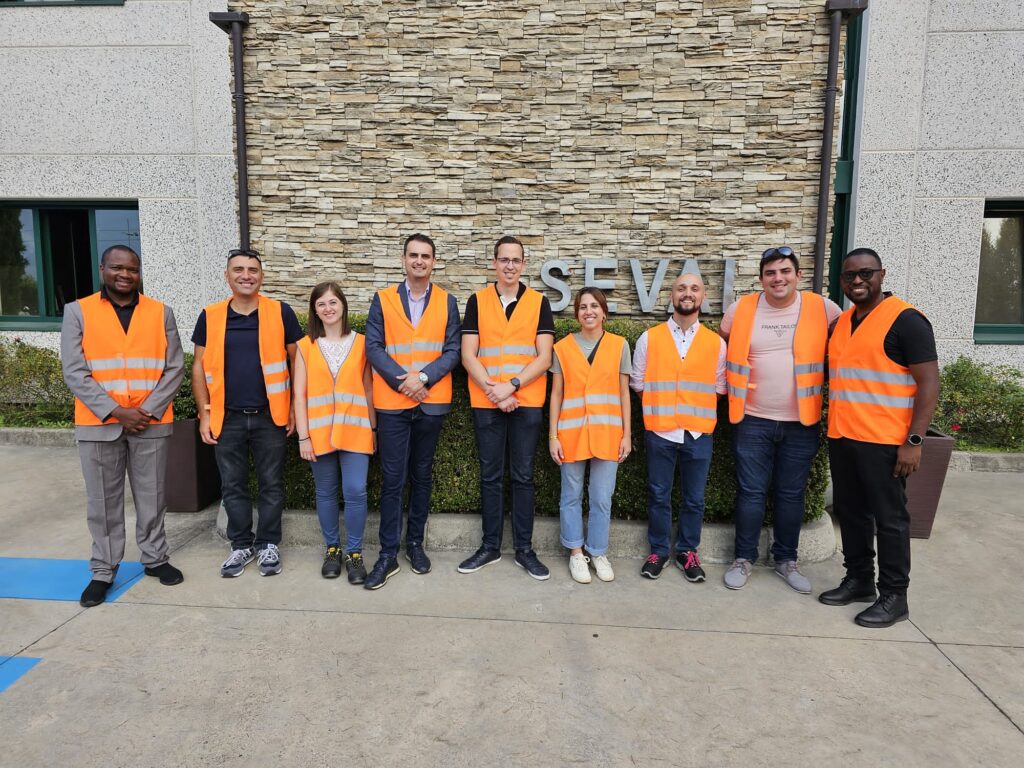
In early September, GRINNER partners headed to Milan to discuss the project’s technical progress, upcoming tasks, and evaluate the achievements of the past year. Kicking off the agenda, Erion who kindly hosted the session, organised an afternoon tour at a local pre-treatment plant (Seval) to better visualize the practical side of e-waste management. Once again, this visit emphasised the importance and the need for the GRINNER solution for the e-waste management sector.
The visit was followed by a full day’s technical meeting where partners provided an update on each of their tasks. Thanks to the rigorous work ethic of our project partners, GRINNER is on track and has gained good momentum that will no doubt see the team advance the development in a timely manner. The most important technical achievements of the first year are the following:
– The technical specifications and requirements of the GRINNER solution are finalised;
– The deployment of an early X-Ray prototype and building of a database of WEEE scrap are under way;
– Automation devices are already being tested (early prototype);
– The system conveyor belt as well as the test shield have been ordered in accordance with the system specifications;
– University of Essex also explained the progress made in the battery detection process: they created a large dataset from the generated samples, carried out scans in collaboration with TWI Hellas using the Varex detector, and performed preliminary annotations on scans.
Alongside technical development, our consortium has been equally researching safety measures related to the use of X-rays and applicable policies ensuring a safe and efficient working environment.

The project is going full steam ahead and the second year of GRINNER will not only involve the continued development of the system, but also conference participations and workshops (details to be confirmed).
